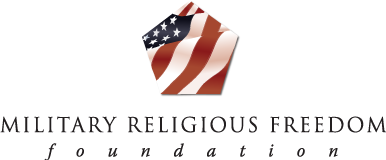Robert S. Dotson
Robert S. Dotson graduated from the United States Air Force Academy in 1963. After a year of pilot training, he served as an instructor pilot in the T-38 basic trainer for four years. In 1969, he completed gunnery school in the F-105 fighter and flew it on 128 combat missions during 1969 and 1970. He led combat formations and received the Distinguished Flying Cross and eight Air Medals for his service.
Afterward, Robert completed graduate school at Harvard University in 1972, and later served for four years at the Pentagon in the Office of the Assistant Chief of Staff of the Air Force for Studies and Analysis. In 1976, he resigned from active duty. While at the Pentagon, he participated in study efforts that led to procurement of the A-10 tank killer, the F-16 multi-role fighter and the E-3 radar sentry (also called the AWACS).
After becoming a civilian, he served in government as a national-security specialist for two decades, both in the Executive Office of the President and on the staff of the Armed Services Committee in the U.S. Senate. Along the way, he helped acquire advanced airlift and sealift capabilities that had enormous payoff in the Gulf War. In 1986, he served as a staff member of the Packard Commission that led to key reforms of the Defense Department, including the creation of U.S. Transportation Command that also made major contributions to the allied effort in the Gulf War.
Robert retained a reserve commission in the Air Force until 1993 when he retired as a brigadier general. He retired from government service as a civilian in 1997. He also is the author of the novel The Light on the Star.
Recent Posts
- May 6, 2024 | 8 comments
- April 29, 2024 | No comments



